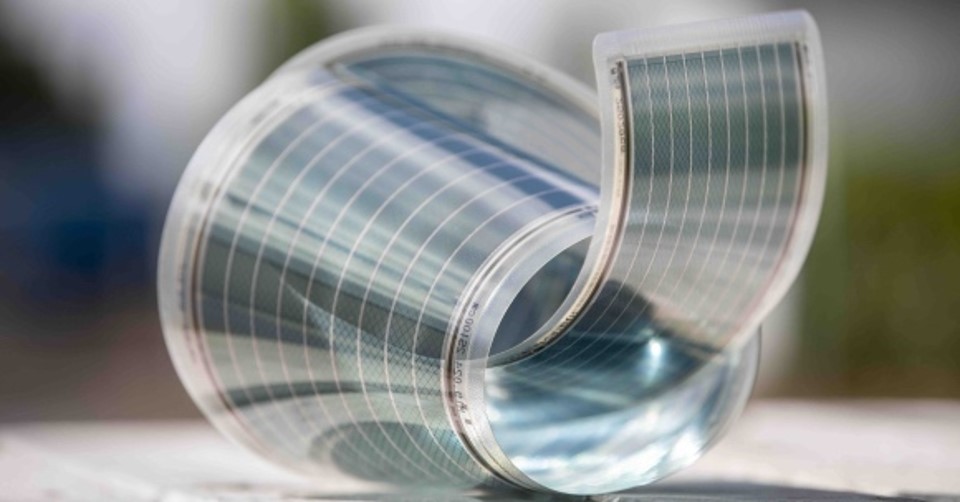
Floating PV | Vehicle integrated PV (VIPV) | Agri PV | Infrastructure integrated PV (IIPV) | Building integrated PV (BIPV) |
|
|
|
|
|
| Watch the VIDEO | Watch the VIDEO | Watch the VIDEO | Watch the VIDEO |
AGRI PVAdvantages:
Challenges:
| FLOATINGAdvantages:
Challenges:
| BIPVAdvantages:
Challenges:
|
[6] Fraunhofer Institute for Solar Energy Systems, ISE, 2021. Photovoltaics Report.
[7] Youtube.com, 2020. ENGIE Solutions: Sibelco, the largest floating PV system in Belgium.
[8] Youtube.com, 2021. Lightyear One Performance Testing — Why it's the most efficient electric vehicle.
[9] Youtube, 2021. Sun'Agri agrivotaism on apple trees LA PUGERE.
[10] Youtube, 2016. Opening of the photovoltaic solar plant of Walon Rivesaltes.
[11] Youtube, 2021. Solstex® by Elemex - Solar Facade System Installation.
[12] SolarPower Europe, 2021. Agrisolar Best practices guidelines.
[13] World Bank Group, ESMAP and SERIS, 2019. Where Sun Meets Water: Floating Solar Handbook for Practitioners. Washington, DC: World Bank.
[14] Ranjbaran P. et al., 2019. A review on floating photovoltaic (FPV) power generation units. Renewable and Sustainable Energy Reviews, Volume 110,332-347.
[15] BIPV boost, 2018. Update on BIPV market and stakeholder analysis.
[16] SUPSI/ SEAC status report, 2017. Building Integrated Photovoltaics: Product overview for solar building skins.
[17] Defaix P.R. et al., 2012. Technical potential for photovoltaics on buildings in the EU-27. Solar Energy 86, 9.
[18] PVSites report, 2016. BIPV market and stakeholder analysis and needs.
[19] Lehmann J. et al., 2017. An in-depth comparison of PV modules in a BIPV façade test setup”, 33rd EU PVSEC.
[20] pveurope.eu, 2017. New Heliatek solar energy façade on Engie’s research center.
[21] IMEC, 2018. The key to a sustainable building façade: Successful BiPV installation in Antwerp at end of EU project PVme.
[22] Equans, 2020. Engie Solutions construit le plus grand parc solaire flottant de Belgique.
[23] Solar Highways, 2021. Final report of the Solar Highways Rijkswaterstaat project.
[24] U-Solar, 2020. Solar Power for Ctrls Data Center Mumbai.
[25] PV-magazine.com, 2020. Giant agrivoltaic project in China.
[26] PV-magazine.com, 2020. Another 120 MW of solar aquaculture in China.
[27] Heinrich M. et al., 2020. Potential and Challenges of Vehicle Integrated Photovoltaics for Passenger Cars. 37th European PV Solar Energy Conference and Exhibition. Vol. 7. 2020.
[28] PV-magazine, 2021. South Korea wants to deploy another 2.1 GW of floating PV by 2030.